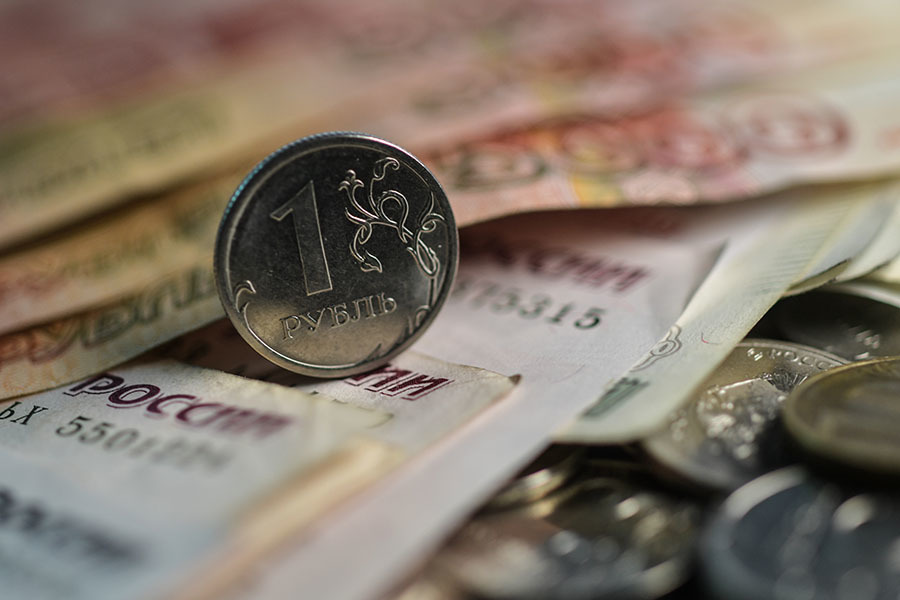On Tuesday, June 23, world oil prices are steadily rising during global trading. In the afternoon, the cost of Brent crude on the ICE exchange in London grew by 1.9% to 43.94 per barrel. Quotes of the American WTI variety added about 2% and reached $ 41.62 per barrel. Values are highest since March 6th.
Analysts explain the observed dynamics in many respects by the reaction of investors to the statement of Donald Trump. The American president on his Twitter denied reports of termination of the transaction between the United States and China. Earlier, adviser to the head of the White House, Peter Navarro, on Fox News, said Trump allegedly decided to break the agreement with China.
Recall that in January 2020, Washington and Beijing agreed to end the trade war and signed a corresponding treaty. The threat of another round of tariff confrontation between the two states could lead to a new wave of decline in global oil demand, said Artyom Deev, head of the analytical department of AMarkets.
“The aggravation of relations between the two countries in the trade war negatively affects quotes. Therefore, at the moment, Trump’s statement has been regarded by the market as a guarantee that the agreement remains in force, ”Deev explained in a conversation with RT.
In general, since the beginning of June, Brent crude has risen in price by more than 12%, and WTI - by 14%. According to analysts, investors respond positively to reports of an imminent restoration of the balance of supply and demand in the global hydrocarbon market.
In its latest report, the International Energy Agency (IEA) improved its forecast for oil demand in 2020. According to the organization’s assessment, against the background of the gradual lifting of quarantine measures in a number of countries at the end of the year, energy consumption in the world will be reduced by only 8.1 million barrels per day. Earlier, the IEA expected a decrease of 8.6 million.
“Oil prices are rising amid numerous signals from industry companies about the steady pace of recovery in global demand for raw materials. In addition, an important factor in price support is good discipline in the fulfillment by the countries participating in the OPEC transaction + of conditions for reducing production, ”said Igor Galaktionov, an expert on BCS Broker stock market.
Recall, on June 6, the energy ministers of the oil exporting countries decided to extend the period of reduction in the production of raw materials by 9.7 million barrels per day until the end of July. State action should reduce the global supply of hydrocarbons and thereby support prices.
At the same time, a record reduction in shale oil production in the USA plays in favor of quotes, says Alexei Kirienko, managing partner of EXANTE. Since the beginning of 2020, the number of active oil rigs in the United States has declined by more than three and a half times and to date has reached 189. This is evidenced by the latest data from Baker Hughes.
As follows from the materials of the American Energy Information Administration (EIA), drilling activity in the United States has weakened to a minimum for the entire time of official observations - since the 1940s. According to experts, the spring collapse in oil prices led to losses for oil shale companies, which are forced to suspend operations on a massive scale. High debt and capital outflows led to the bankruptcy of large producers of raw materials.
“The lack of investment will not allow shale companies to return to the market when oil prices recover, as was the case in 2016. In the past few years, they have had to save on technology and exploration of new deposits. In addition, the share of defaults on corporate loans is growing, which reduces their attractiveness to lenders, ”Alexey Kiriyenko explained in an interview with RT.
- RIA News
- © Vladimir Trefilov
Rising oil prices positively affected the dynamics of the Russian currency. At Tuesday's auction, the dollar on the Moscow Exchange fell by 0.7% - to 68.6 rubles, and the euro - by 0.1%, to 77.8 rubles.
The official exchange rate of the Central Bank on June 24 was set at 68.84 rubles per dollar and 77.68 rubles per euro.
According to the forecast of Igor Galaktionov, in the absence of a second wave of coronavirus in the coming months, the cost of Brent oil will remain in the range of $ 40–45 per barrel, and by the end of the year it can reach $ 47-50. According to the analyst, such dynamics will continue to support the national currency rate.
“Under these conditions, we expect that by the end of the year the dollar may be in the range of 65-70 rubles, and the euro - in the region of 72-77 rubles,” concluded Galaktionov.

